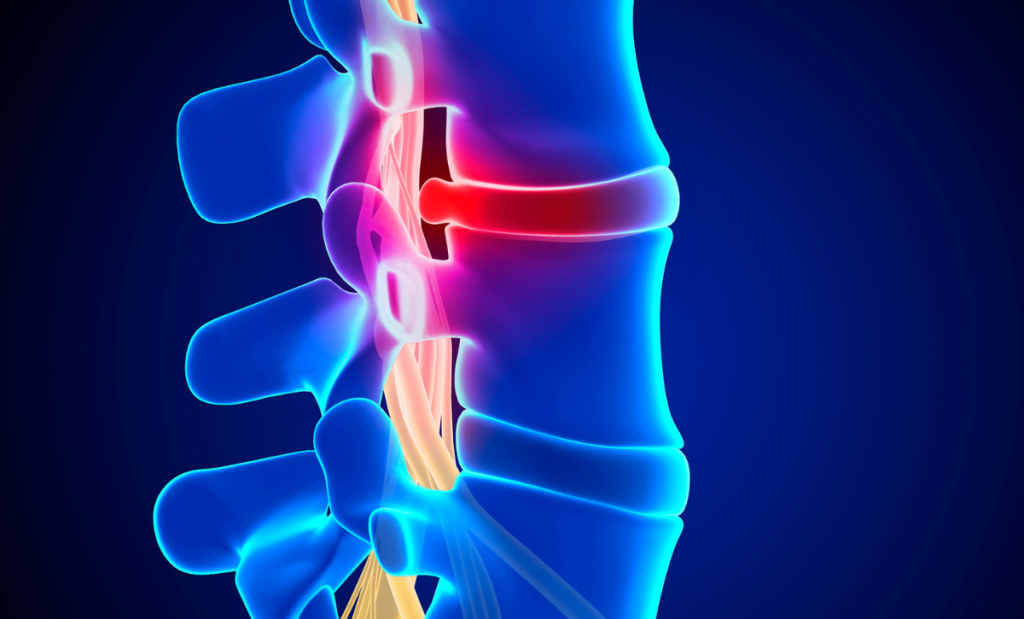
Potts Spine

Pott disease or Pott’s disease is a form of tuberculosis that occurs outside the lungs whereby disease is seen in the vertebrae. Tuberculosis can affect several tissues outside the lungs including the spine, a kind of tuberculous arthritis of the intervertebral joints. The lower thoracic and upper lumbar vertebrae are the areas of the spine most often affected. The formal name for the disease is tuberculous spondylitis and it is most commonly localized in the thoracic portion of the spine.
Pott’s disease results from haematogenous spread of tuberculosis from other sites, often the lungs. The infection then spreads from two adjacent vertebrae into the adjoining intervertebral disc space. If only one vertebra is affected, the disc is normal, but if two are involved, the disc, which is avascular, cannot receive nutrients and collapses. In a process called caseous necrosis the disc tissue dies leading to vertebral narrowing and eventually to vertebral collapse and spinal damage. A dry soft tissue mass often forms and superinfection is rare.
Diagnosis :
• Blood tests
• Tuberculin skin test
• Radiographs of the spine
• Bone scan
• CT of the spine
• Bone Biopsy
• MRI
Prevention :
Controlling the spread of tuberculosis infection can prevent tuberculous spondylitis and arthritis. Patients who have a positive PPD test (but not active tuberculosis) may decrease their risk by properly taking medicines to prevent tuberculosis. To effectively treat tuberculosis, it is crucial that patients take their medications exactly as prescribed.
Management :
• Non-operative – antituberculous drugs
• Analgesics
• Immobilization of the spine region using different types of braces and collars
• Surgery may be necessary, especially to drain spinal abscesses or debride bony lesions fully or to stabilize the spine. A 2007 review found just two randomized clinical trials with at least one year-follow up found which compared chemotherapy plus surgery with chemotherapy alone for treating people diagnosed with active tuberculosis of the spine. As such there is no high grade evidence but the results of this study indicates that surgery should not be recommended routinely and clinicians have to selectively judge and decide on which patients to operate.
• Thoracic spinal fusion with or without instrumentation as a last resort
• Physical therapy for pain-relieving modalities, postural education and teaching a home exercise program for strength and flexibility
